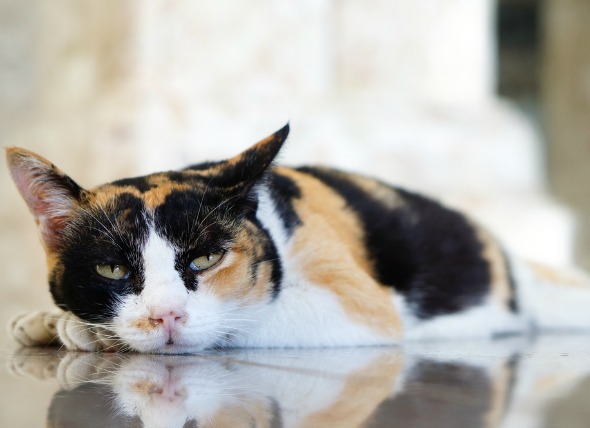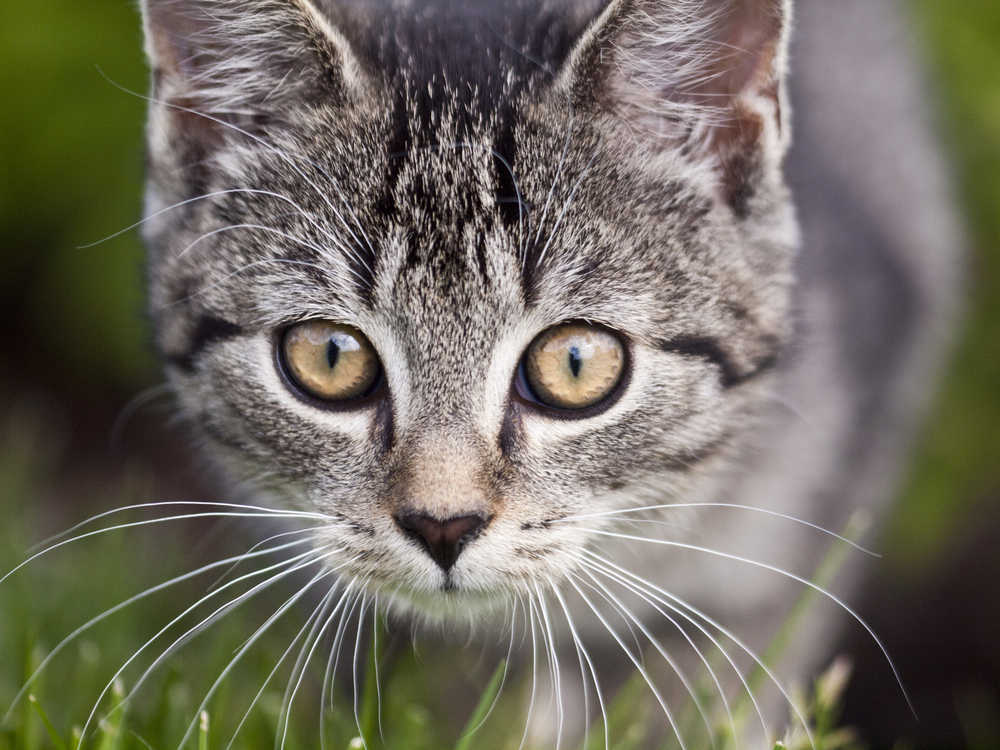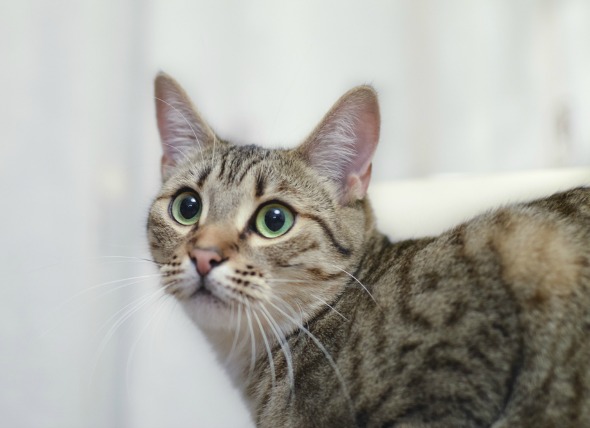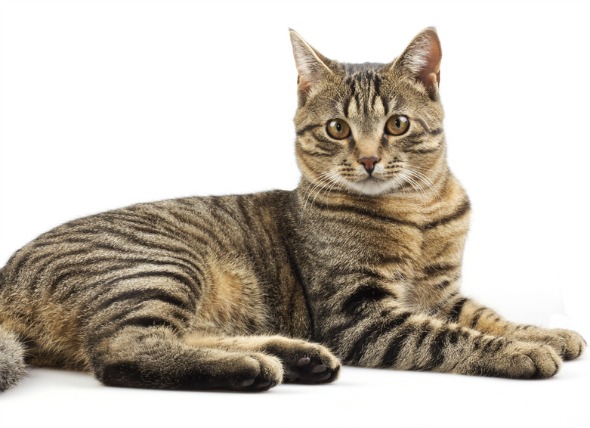
Cats have been worshipped as gods by the Egyptians, since these were once believed to be the beloved animals of the Egyptian goddess, Bastet. Nowadays, this simple fact does not exclude them from the different surgical procedures available in a veterinarians clinic. As expected, neutering, spaying, and declawing are the top 3 most common surgical procedures for cats. Based on annual statistics, the population growth of cats is 1.9% every year, while the dog population grows by only 1.2% every year! Do the math, and it shows that cats reproduce more than dogs - one cat can give birth to as many as 14 cats in a single pregnancy!
Neutering is a surgical procedure limited to male cats. Aside from preventing a male cat from seeking a mate and adding another litter to the cat population, neutering stops the male from urinating all over the house in an attempt to mark its territory. Neutering also lessens aggressive behaviors which allows its owners to fondle and cuddle it as much as they want.
However, neutering also comes with several drawbacks. Neutered cats are more prone to becoming obese, developing hair loss/alopecia, and developing osteosarcoma. Osteosarcoma is linked to bone cancer, and this develops as a cancerous neoplasm. Other health complications associated with neutering include prostate cancer and the formation of stones in the urinary bladder.
Spaying, on the other hand, is a surgical procedure for female cats. Compared to male cats, females are able to experience heat many times during spring and become desperate enough to escape the house just to find a mate. Owners know when their cat is in heat when it vocalizes a lot, stands with its behind raised, and urinating out of its kitty litter. One of the advantages of spaying a cat is that it removes the risk of it developing breast cancer or mammary tumors.
Like neutering, spaying increases the chances of forming urinary tract infection, obesity, and even hemangiosarcoma. Hemangiosarcoma is a condition where a tumor forms and is continuously filled with blood. Once the tumor ruptures, it can cause the molly to bleed to death. Hypothyroidism and urinary incontinence are also other possible side effects a cat can develop after being spayed.
Finally, declawing is a surgical procedure usually conducted on cats that exhibit destructive behavior by clawing at furniture, curtains, and other things around the house. A declawing procedure is usually done as a last resort, after attempts to train the cat to use a scratching post or even trimming its nails have failed.
Neutering, spaying, and declawing are all advised to be conducted when the cat is about 5 to 6 months old. Some veterinarians even offer to do neutering and declawing or spaying and declawing at the same time, so that they only need to use one round of anesthesia. It also helps to have these two procedures done at the same time so that the cat's owner won't have to put their pet through two rounds of post-surgical stress.
 Low Blood Potassium in Cats
Hypokalemia in Cats
A cat with abnormally low con
Low Blood Potassium in Cats
Hypokalemia in Cats
A cat with abnormally low con
 Collection of Fluid in the Lungs (Not Due to Heart Disease) in Cats
Noncardiogenic Pulmonary Edema in Cats
Noncardiog
Collection of Fluid in the Lungs (Not Due to Heart Disease) in Cats
Noncardiogenic Pulmonary Edema in Cats
Noncardiog
 Diseases of the Eyes in Cats
Exophthalmos, Enophthalmos, and Strabismus
Exopht
Diseases of the Eyes in Cats
Exophthalmos, Enophthalmos, and Strabismus
Exopht
 Inflammation of the Middle and Inner Ear in Cats
Otitis Media and Otitis Interna in Cats
Ot
Inflammation of the Middle and Inner Ear in Cats
Otitis Media and Otitis Interna in Cats
Ot
 Pain from the Nervous System in Cats
Neuropathic Pain in Cats
An injury or disease rel
Pain from the Nervous System in Cats
Neuropathic Pain in Cats
An injury or disease rel
Copyright © 2005-2016 Pet Information All Rights Reserved
Contact us: www162date@outlook.com